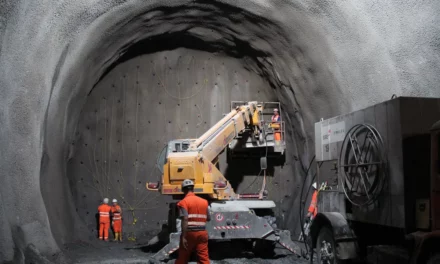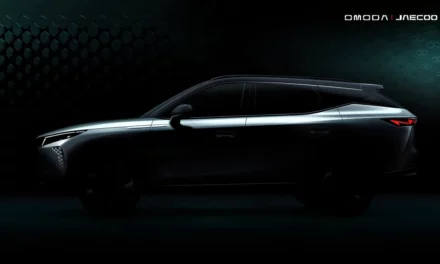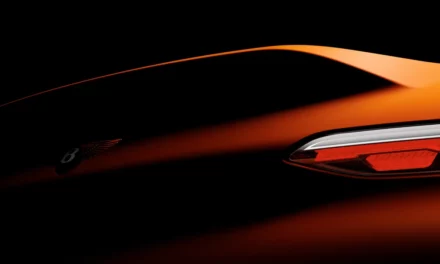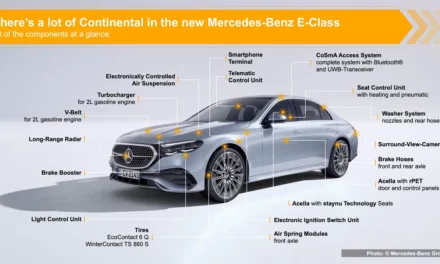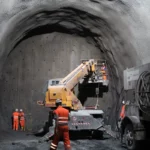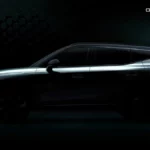
Next-Gen Ford Ranger Delivers More Confidence Than Ever, Thanks To Advanced Safety Features and New Driver Assistance Technologies
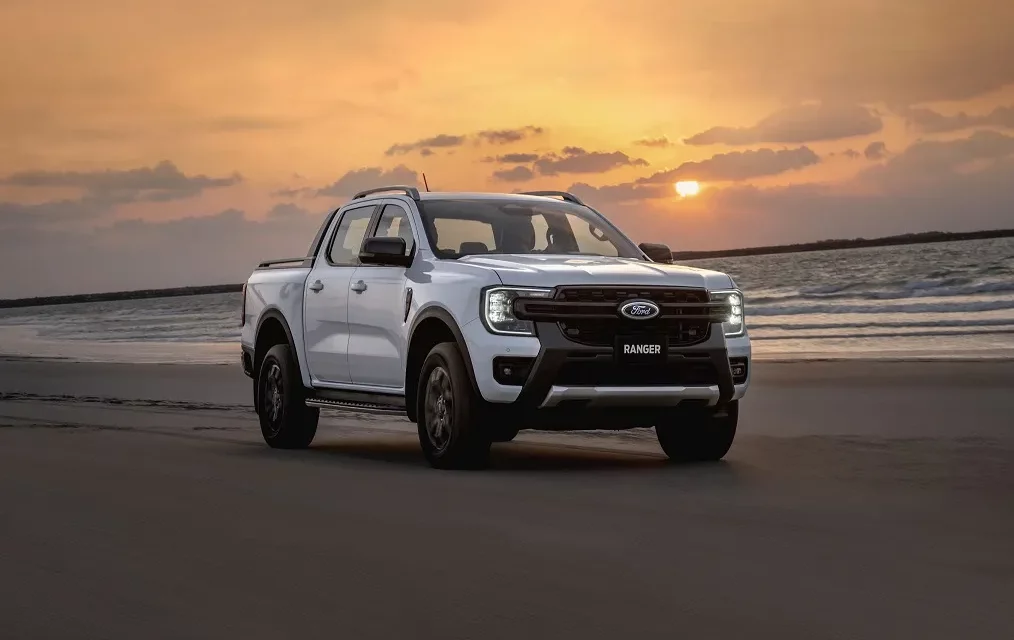
Riyadh, Kingdom of Saudi Arabia, 19 July, 2023 – No matter if you’re at work, with family or at play, safety is paramount, and the next-gen Ford Ranger will offer some of the latest in crash protection features and driver assistance technologies delivering more confidence on the road.
This combination of passive and active safety features, such as vehicle structure and air bags, and driver assistance technologies, to help you avoid a collision in the first place, are at the heart of Ford’s next generation Ranger.
Next-gen Safety
Ford engineers spent thousands of hours developing and testing next-gen Ranger’s safety features, both via computer modelling and the most comprehensive physical testing program ever conducted by Ford outside of Europe and the US.
A significant number of computer-aided engineering (CAE) models were built to test various accident scenarios, including full-frontal, frontal offset, pole test, rear offset crash tests, pedestrian impacts, roof crush tests, and more. Additionally, the team conducted hundreds of physical tests to ensure vehicle safety performance was met and to validate the CAE modelling.
“Ranger enjoys a solid safety heritage thanks to its Built Ford Tough lineage, and our testing efforts have gone above and beyond requirements to ensure Ranger’s safety is robust and fitting to our customers around the globe,” said Franco Moras, Vehicle Safety manager, Ford Australia. “Customers want to be able to travel safely with their friends and family and be able to move their cargo with confidence. The next-generation Ranger not only delivers on the ability to help them tackle whatever they want at work or with family and friends, but it helps them do that with the safety and peace of mind they want, thanks to the numerous new driver assistance technologies and safety features the new model offers.”
Key Ranger Features Delivering Safety and Confidence1
(NEW) Far-side Airbag
The new far-side airbag separates the driver and front passenger and helps to reduce the chances of an impact between driver and passenger in the event of a collision. This brings the total number of airbags up to nine, including front driver and passenger, dual knee airbags, dual seat side thorax airbags and dual side curtain airbags depending on the variant and the market.

(NEW) Post-Collision Braking
Ford’s post-collision braking system applies the brakes after a collision to reduce the risk of secondary collisions. The system automatically engages with moderate brake pressure when an initial collision has occurred.
(ENHANCED) Pre-Collision Assist
Pre-collision Assist uses both the new, wide-view windscreen-mounted camera and radar located near the front bumper to scan the road ahead to detect a potential collision with another vehicle, pedestrian, or cyclist directly in front of your vehicle. If an imminent collision is detected the system emits an audible and visual warning. If the driver’s response is not sufficient the Automatic Emergency Braking (AEB) system will activate automatically. The system includes:
(ENHANCED) Automatic Emergency Braking (AEB)
As part of the smart technology safety suite on next-gen Ford Ranger, the pickup’s AEB system has been enhanced with cyclist and pedestrian detection capability as well as the ability to provide AEB support at an intersection in some instances, thanks to the addition of a new, wider camera. This means, if the driver fails to take corrective action, the vehicle will apply the brakes automatically to help reduce the severity of some frontal collisions.
Forward Collision Warning
In the event of a potential frontal collision, the next-gen Ford Ranger’s forward collision warning system will alert the driver with an audible warning tone, which also mutes the audio system.
Dynamic Brake Support
In the event of a driver needing additional braking support, the dynamic brake support (DBS) system assists the driver by ‘pre-charging’ the brakes. Once the radar-only-based system pre-charges the brakes it will lower the emergency brake-assist threshold for quicker reaction. DBS does not automatically activate the brakes but if the brake pedal is pressed, full-force braking is applied, even if the brake pedal is only slightly depressed.
(NEW) Evasive Steer Assist
A segment-first feature, Evasive Steer Assist helps the driver avoid potential collisions with a slower or stopped vehicle ahead by providing a boost to the steering. This allows the driver to steer with less effort when a collision cannot be avoided by braking alone. The system is designed to operate at both urban and highway speeds and employs the same camera and radar used with the Pre-collision Assist feature.
(NEW) Reverse Brake Assist
Reverse Brake Assist helps drivers to avoid or mitigate potential collisions while reversing. The system may detect moving vehicles or stationary pedestrians and objects behind the Ranger. The system can apply the brakes to briefly stop the vehicle should the driver not react in time.
(NEW) BLIS® with Trailer Coverage
Ford Ranger customers like to tow, so the team has enhanced the blind spot information system (BLIS) with trailer coverage which is not just new for Ranger but also new to the segment. The system can be programmed to provide custom coverage depending on the length of the trailer the customer is towing (covering a trailer up to 2.4 metres wide and 10 metres long) because one-size doesn’t always fit all. The system is like having another ‘set of eyes’ when performing a lane change or merging onto a freeway. If a faster-moving vehicle enters the Ranger’s blind spot zone, BLIS will alert the driver via a small light in the side mirror, so they know not to change lanes.
(NEW) Lane-Keeping System with Road Edge Detection
Designed for use on rural roads at speeds from 65km/h, road edge detection uses a front camera to monitor road edges 50 metres in front of the vehicle, day, or night. Where a paved road becomes a soft verge, gravel hard shoulder or grass, the system provides gentle steering support as required, to prevent the vehicle drifting off the road. If the driver is still too close to the edge following initial steering support, the system vibrates the steering wheel, prompting the driver to steer back into the middle of their lane.
(NEW) Cross Traffic Alert
Tricky reversing situations are a little less stressful with the next-gen Ford Ranger’s Cross Traffic Alert system. When a driver shifts into Reverse, the system is active, and will alert the driver of a vehicle approaching from the sides, when reversing out of a driveway onto a street, or from a busy supermarket parking spot for example.
(NEW) Adaptive Cruise Control with Stop-and-Go
New to the Ford Ranger is adaptive cruise control with a stop-and-go feature, which lets drivers set a cruising speed in the next-gen Ford Ranger and then maintain a set pacing distance from the vehicle ahead. When that vehicle slows down, the Ranger does too, even down to a stop in traffic; when traffic picks up speed, the Ranger resumes its pre-set speed and distance. This intelligent feature also can, where possible, set the cruise speed based on traffic sign recognition.
The system also features Lane Centering Assist, which uses an onboard camera to detect lane markings and provides continued steering assistance to help you keep your vehicle centered in the lane.
Additional features of this technology include:
- Distance indication
- Distance alert
- Traffic Sign recognition
- Lane-keeping system

